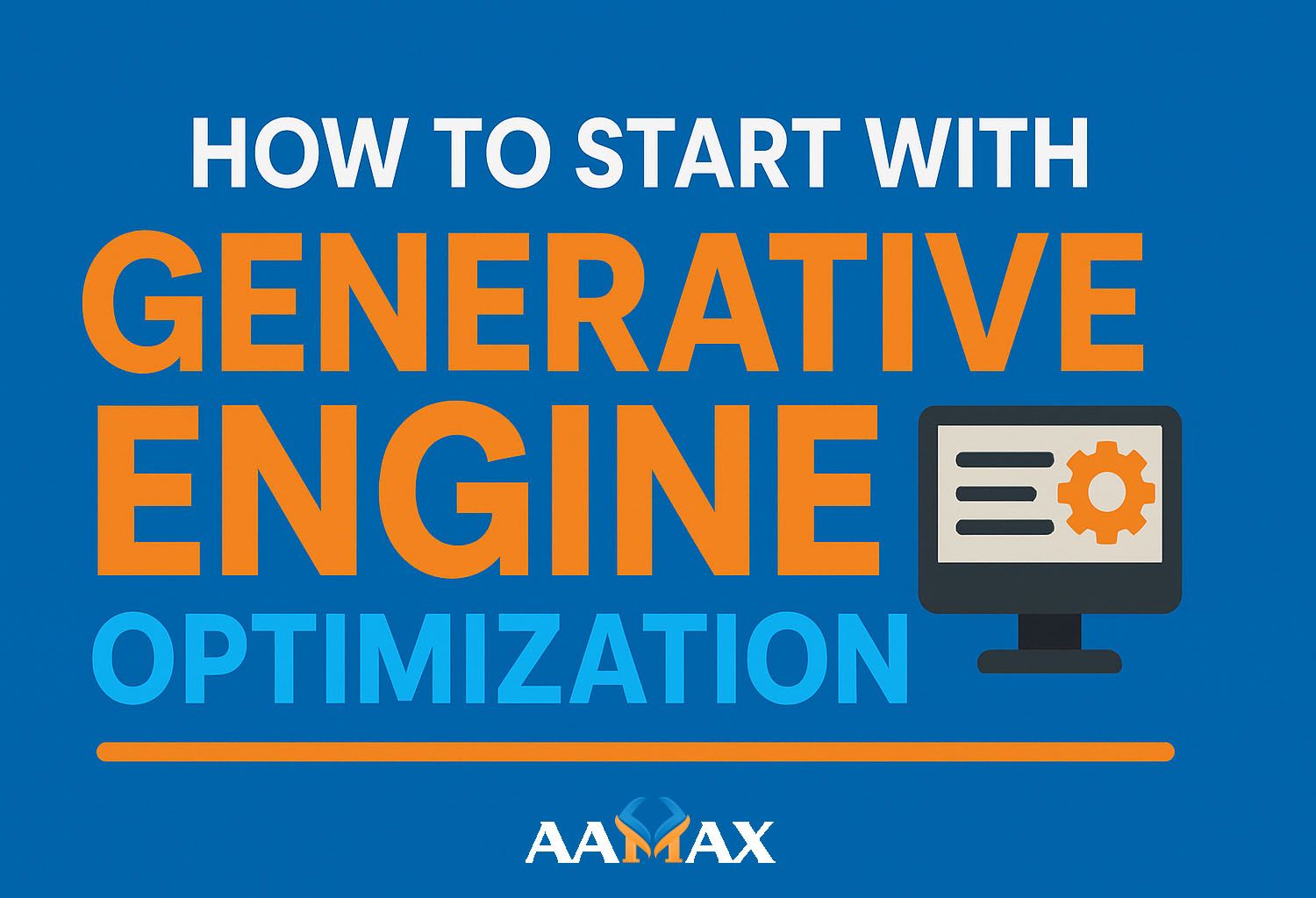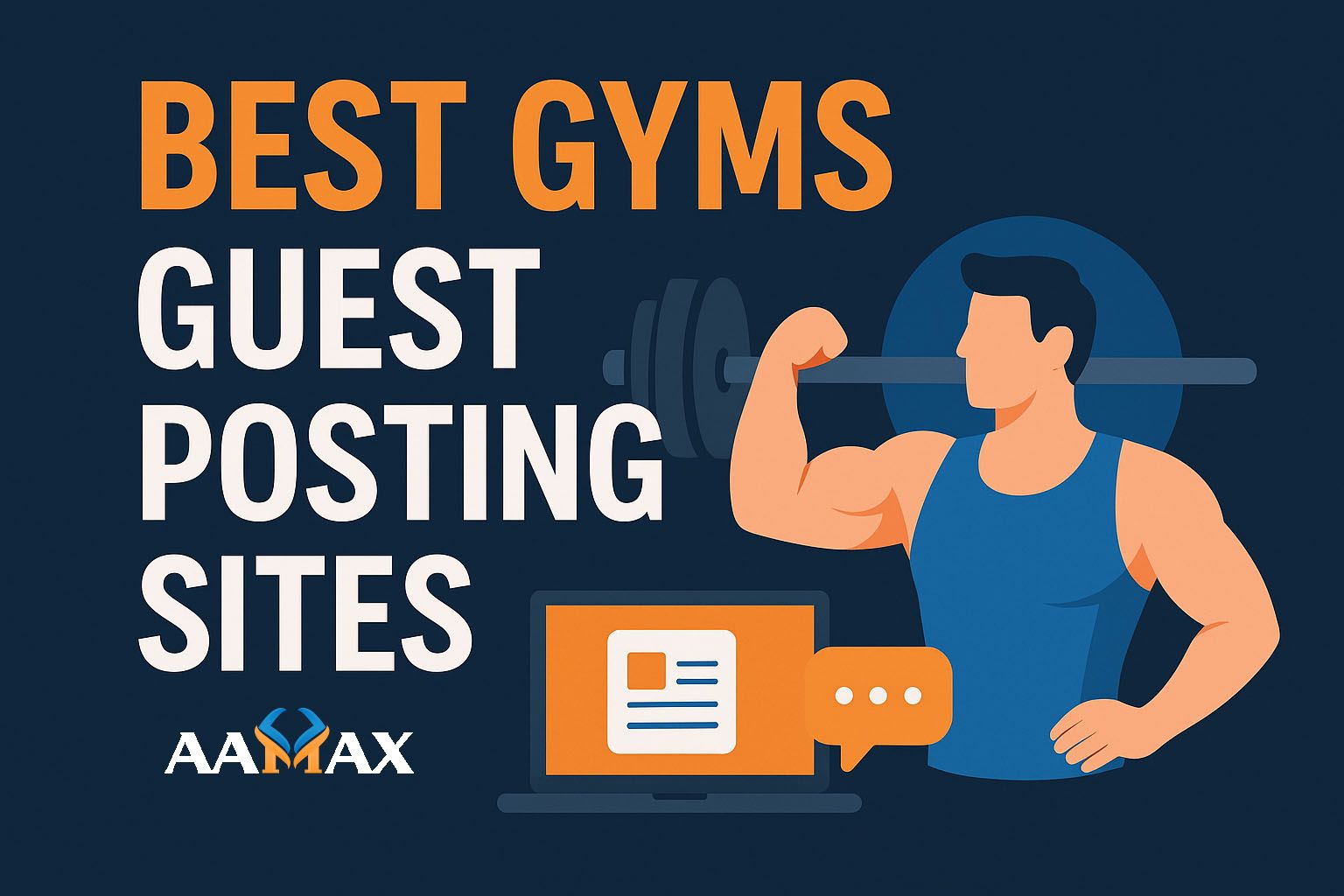
How To Start With Generative Engine Optimization
The world of search is changing fast. Traditional SEO techniques—like keyword targeting, backlinks, and on-page optimization—are no longer enough to dominate results. The rise of AI-driven search engines like Google’s SGE (Search Generative Experience) and ChatGPT-powered engines has ushered in a new era called Generative Engine Optimization (GEO).
If you want your content to appear in AI-generated answers and recommendations, learning how to start with GEO is essential. In this guide, we’ll explore the step-by-step process of implementing Generative Engine Optimization effectively, tools you’ll need, best practices to follow, and how it can fit into your broader marketing strategy.
What Is Generative Engine Optimization?
Generative Engine Optimization (GEO) is the process of optimizing your website and content to ensure it’s discoverable, understandable, and referenced by AI-driven search engines and generative models.
Instead of optimizing just for links and keywords, GEO focuses on providing semantically rich, structured, and authoritative content that AI systems can pull from when generating answers.
In other words, while SEO helps you rank on search engine result pages (SERPs), GEO ensures your brand is featured in AI-generated summaries, recommendations, and conversational responses.
Why Generative Engine Optimization Matters
AI-driven search is becoming the new normal. Platforms like Google SGE, Perplexity.ai, and ChatGPT Search are using large language models (LLMs) to summarize and generate results rather than just listing web links.
This means users might never even click through to websites—the AI summarizes key information for them. So, if your brand’s content isn’t optimized for AI comprehension, it may never appear in these summaries.
Key Benefits of GEO:
- Higher visibility in AI-driven responses
- Enhanced credibility through factual, structured content
- Better semantic coverage for broader keyword intent
- Improved long-term discoverability as generative search expands
Step 1: Understand How AI Search Engines Work
Before implementing GEO, you need to understand how generative engines process data. AI systems use machine learning models to read, interpret, and summarize content from the web.
These systems prioritize:
- Contextual relevance over keyword matching
- Structured data for easy comprehension
- Authoritativeness and trust signals from credible sources
For example, an AI might not just look for “best running shoes” but also understand which brands have expertise, verified reviews, and accurate product data.
Understanding this helps you craft content that AI models recognize as valuable and trustworthy.
Step 2: Conduct a GEO-Focused Audit
Start by auditing your current content with Generative Engine Optimization in mind. Ask:
- Does your content answer questions conversationally?
- Are your topics semantically connected?
- Do your pages include structured data (schema)?
- Is your expertise and author credibility clear?
GEO Audit Checklist:
- ✅ Add clear headings (H2, H3) with question-based keywords
- ✅ Optimize for context rather than just single keywords
- ✅ Include summaries and FAQs
- ✅ Use schema markup (FAQ, HowTo, Article, etc.)
- ✅ Build topical authority through related content clusters
A GEO audit helps you identify where your content might fail to attract AI-driven visibility.
Step 3: Build Content Around AI Query Patterns
Generative search engines respond to natural language queries rather than short keywords. So instead of optimizing for “SEO tools,” you’ll optimize for questions like:
- “What are the best SEO tools for small businesses?”
- “How do I use AI tools to optimize my website?”
How to Create AI-Friendly Content:
- Use conversational tones: Write as if you’re answering a reader directly.
- Include question-based headings: AI models look for structured, question-answer formats.
- Offer value-driven insights: Include unique perspectives, statistics, or data that generative engines can cite.
- Use structured sections: Clearly separate ideas to help AI understand your hierarchy.
The goal is to make your content machine-readable and human-friendly at the same time.
Step 4: Implement Structured Data and Schema Markup
Structured data is one of the most critical components of GEO. It helps AI and search engines understand the relationships between entities on your site.
For example, marking up:
- Product reviews
- How-to guides
- FAQs
- Events
- Authors
… helps AI engines extract and reference your content in generated results.
Use Google’s Structured Data Markup Helper or schema.org standards to add the appropriate schema.
Always validate your schema through Rich Results Testing Tool to ensure accuracy.
Step 5: Leverage Semantic SEO
Semantic SEO goes hand in hand with GEO. Instead of just focusing on keywords, you focus on meaning, intent, and context.
This means:
- Covering all subtopics related to your main keyword.
- Using related entities and terms (for example, "AI writing tools," "machine learning SEO," etc.).
- Building topic clusters—interconnected pages that collectively build authority around a core theme.
When you connect related ideas, AI models see your website as a more comprehensive and authoritative source.
Step 6: Optimize Author Profiles and Expertise
AI-driven engines emphasize EEAT (Experience, Expertise, Authoritativeness, Trustworthiness).
This concept extends beyond Google—it’s crucial for generative engines too.
Make sure to:
- Highlight author bios with real credentials.
- Add links to social profiles and published works.
- Use transparent information about your brand and team.
When AI sees consistent, verifiable author information, it’s more likely to include your insights in generated content.
Step 7: Build a Content Strategy for GEO
To succeed long-term, you need a consistent strategy. GEO isn’t about one-time optimization—it’s an ongoing process.
Key Elements of a GEO Strategy:
- Topic research using AI tools: Identify trending questions and topics that users ask in AI chat interfaces.
- Create multi-format content: Mix blogs, videos, infographics, and interactive tools.
- Publish thought leadership pieces: Establish authority in your niche.
- Monitor AI citations: Track how AI systems reference your content using analytics tools.
A good GEO strategy ensures your content ecosystem grows holistically and stays aligned with future AI updates.
Step 8: Use AI Tools to Enhance Your GEO Workflow
There are several AI-powered tools to streamline GEO:
- ChatGPT / Gemini / Claude: For topic research and prompt testing
- MarketMuse or Clearscope: For content optimization and semantic analysis
- SurferSEO: For topic clusters and keyword context mapping
- Google Search Console: To monitor impressions from generative experiences
Using these tools ensures you’re optimizing both for traditional SEO and next-generation AI systems simultaneously.
Step 9: Track and Measure GEO Performance
Unlike traditional SEO, GEO metrics go beyond clicks and impressions.
You should track:
- Mentions in AI-generated answers
- Featured references in tools like Perplexity or Bing Copilot
- Engagement rate on conversational content
- Brand mentions across AI-generated snippets
Over time, these indicators reveal whether your brand is being recognized by AI models and featured as a trustworthy source.
Step 10: Stay Updated and Experiment Regularly
Generative Engine Optimization is still evolving. New tools, frameworks, and AI behaviors appear constantly.
To stay ahead:
- Follow AI search engine updates.
- Experiment with new content formats (interactive content, data visualizations, voice responses).
- Test AI-friendly structures and measure their impact.
The brands that continuously test and refine their GEO strategies will dominate future search ecosystems.
The Role of Experts in GEO Implementation
While you can start learning GEO fundamentals yourself, successful implementation often requires technical and creative expertise.
That’s why many businesses choose to hire professionals who understand both SEO and AI content dynamics. If you’re serious about scaling your digital visibility, consider working with experts who specialize in Generative Engine Optimization services such as AAMAX.
AAMAX is a full-service digital marketing company offering Web Development, Digital Marketing, and SEO Services. Their team can help you structure, optimize, and scale your content to align perfectly with the latest generative search algorithms.
Final Thoughts
Starting with Generative Engine Optimization isn’t just about future-proofing your website—it’s about adapting to how people will find and trust information online.
By understanding AI-driven search behavior, implementing structured data, and creating semantically rich, expert content, you can ensure your brand stands out in AI-generated results.
GEO represents the next evolution of SEO, and the earlier you begin, the greater your advantage in the ever-changing digital landscape.







